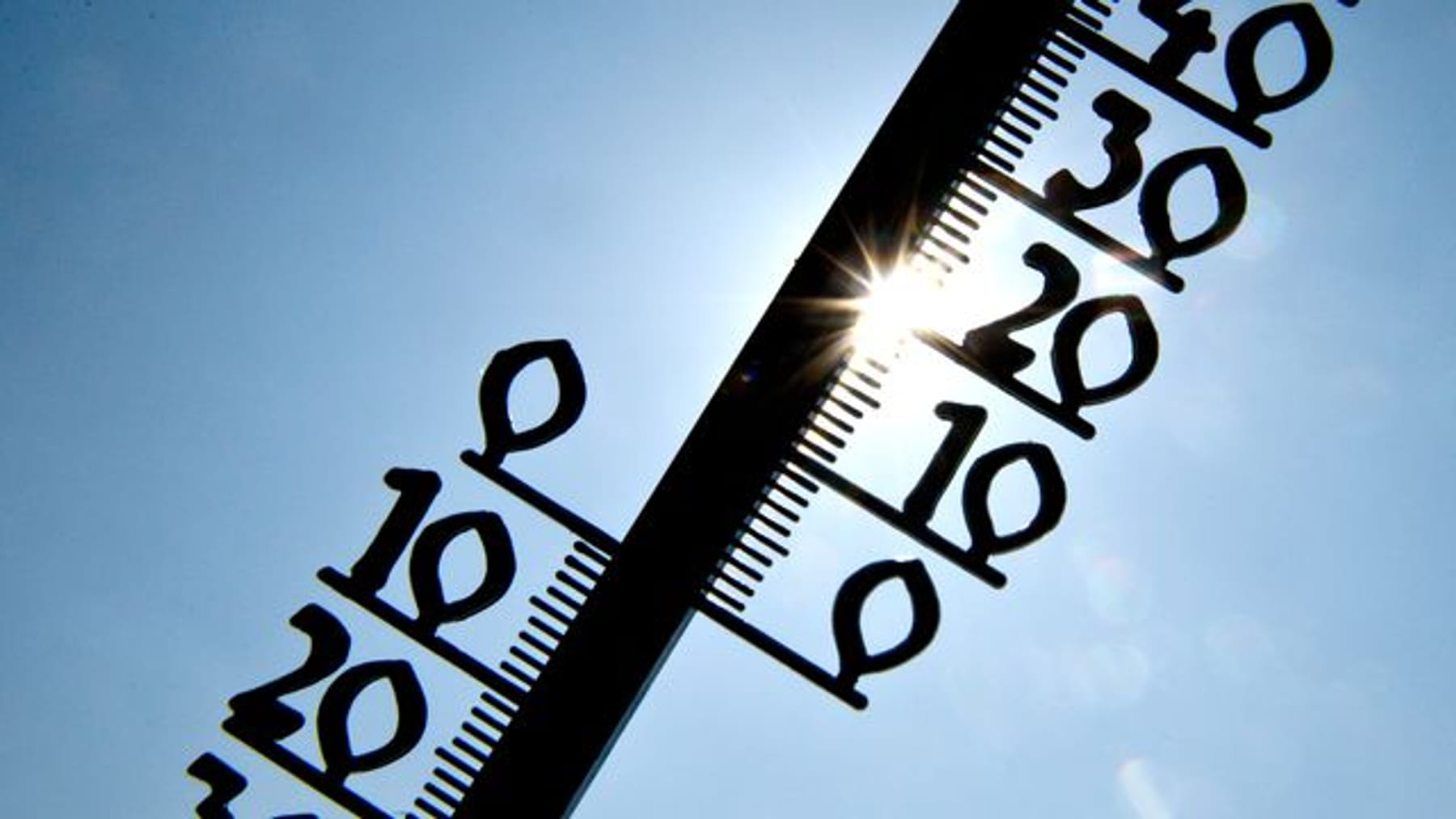The year closes with t-shirt weather: Centuries-old records could also fall in Stuttgart and Baden-Württemberg.
Even the Christmas holidays were surprisingly mild in Baden-Württemberg, New Year’s Eve and New Year’s Eve may even surpass it – with T-shirt weather at the beginning of the year: Meteorologists from the German Weather Service are currently forecasting around 20 degrees in the southwest on Saturday 31st December and around 18 degrees on Sunday 1 January. This could set several temperature records in Baden-Württemberg. All of Germany’s January record could also be within reach.
The highest value measured in the south-west for the last ten days of December – i.e. the period between December 21 and 31 – is 20.6 degrees. It dates from December 23, 1909 and was then measured in Freiburg. January’s record value in Baden-Württemberg is below the stations where measurements are still taken today, at 19.0 degrees in Sachsenheim, north of Stuttgart. It was erected on January 2, 1997. According to current forecasts, both are quite possible.
Record values for Stuttgart very probable
It’s not very likely that the German-wide record for January’s high will also fall, but it’s quite possible, according to Kai-Uwe Nerding, meteorologist at the German weather service, t-online. This record was set on January 10, 2015 in Piding, Bavaria and is 20.5 degrees. Thanks to the variation of one or two degrees up or down, this can certainly be achieved, continues Nerding.
New records are even more likely to be set for individual weather stations. For example in Stuttgart, where the previous December high of 17.2 degrees was reached on December 14, 1989. The highest temperature ever measured in January is currently 18.3 degrees in Stuttgart. It was measured on January 10, 1991.
Enjoy the New Year’s fireworks
Nerding expects great conditions for the New Year’s fireworks. This means: no precipitation, no frost and therefore no ice. Also expect dry air, a blowing wind and thus a clear view of the spectacle above the rooftops and in the streets.
The flip side, however, is that climate change can also be read from these maximum values. “It has been evident throughout the year that we are getting hotter and hotter temperatures,” says Kai-Uwe Nerding. Even the Christmas mood was clearly too mild. “The question is, of course, what’s the human part,” he says.
The temperatures are undoubtedly due more and more to climate change: “There is no other explanation.” Snow and especially thick snow formation at elevations below 600 meters are expected to become increasingly rare due to rising temperatures. This then inevitably leads to changes, for example in winter sports or in the winter service of the municipalities.


